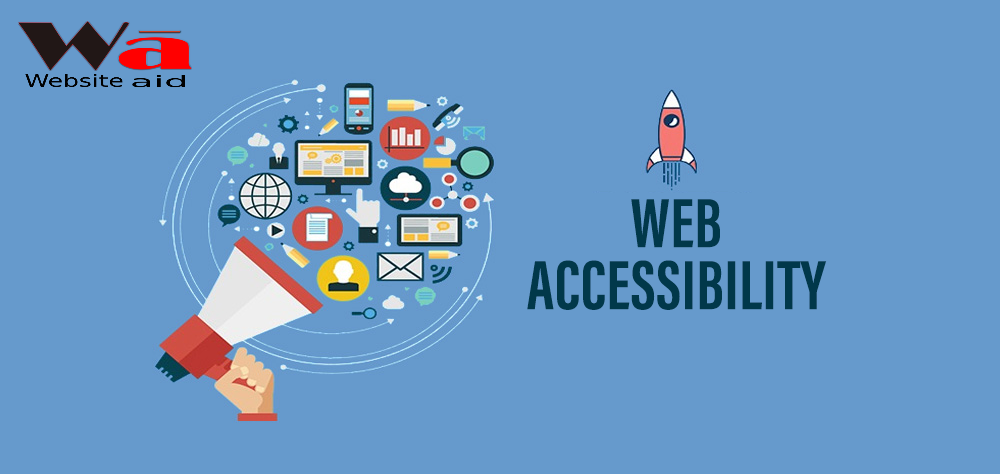Introduction
In the current digital era, the Internet has grown in importance as a tool for connecting with others, learning, and accessing information. However, many websites still don’t offer individuals with impairments the same level of usability and access. This is where online accessibility comes into play—a vital technique that guarantees individuals with impairments may successfully navigate, comprehend, and connect with websites. This blog will discuss the importance of web accessibility, its advantages, and helpful advice for creating inclusive websites.
Understanding Web Accessibility
The inclusive design and development of websites, web applications, and digital content for people with disabilities is known as web accessibility. It entails removing obstacles that prevent individuals with a range of impairments from independently accessing and utilising online resources. Visual, auditory, physical, cognitive, or neurological impairments are examples of disabilities.
Why Web Accessibility Matters
Equal Access: Web accessibility encourages everyone, regardless of ability, to have equal access to information and services. . It ensures that people with disabilities can participate fully in the digital world and have access to the same opportunities as their peers.
Legal Compliance: A number of countries, including the United States (Americans with Disabilities Act) and the European Union (Web Accessibility Directive), have laws requiring websites to be accessible. Non-compliance may have negative legal and reputational effects.
Larger audience: Increasing your website’s accessibility will allow you to reach a larger audience, including people with disabilities. This group of people represents a substantial market sector that is frequently ignored. Meeting their requirements can result in more user engagement, more devoted clients, and business expansion.
Improved User Experience: Using web accessibility techniques helps all users, not just those with disabilities. Accessibility elements like readable typefaces, intuitive content organisation, and straightforward navigation enhance everyone’s overall user experience.
Ethical Duty: Supporting web accessibility adheres to the values of diversity and inclusivity. We can promote a more inclusive society that recognises and respects the rights of all of its members by taking into account the needs of people with disabilities.
Designing Accessible Websites: Practical Tips
Alternative text (Alt Text) is essential in providing photo descriptions for visually impaired individuals using screen readers, allowing them to access the information effectively. By incorporating alt text, websites become more inclusive and ensure that everyone can comprehend the visual content on the page.
Include captions for videos and transcripts for audio content to make content more accessible to users with hearing problems.
Simple and Consistent Navigation: Make sure your website’s navigation is logical, easy to understand, and allows users to simply navigate it. Organise content with suitable structure and meaningful headings.
Readability of Text: Choose easy-to-read typefaces, font sizes, and colour contrasts. Make that the text and background colours have an adequate contrast ratio.
Keyboard Accessibility: Ensure that all website functions may be accessed solely using a keyboard to accommodate users with motor limitations or those who rely on assistive technology.
Make sure forms and interactive features are accessible and have clear instructions and error messages. Provide evocative labelling and effective focus control.
Assistive technology compatibility: To ensure compatibility and a positive user experience, test your website with screen readers, magnifiers, and other assistive devices.
Regular Testing and Auditing: To find and fix any accessibility problems, conduct routine accessibility audits and testing. Participate people with impairments in user testing to gather insightful input.
Conclusion
Furthermore, in addition to being required by law, web accessibility is morally necessary. In addition to being mandated by legislation, web accessibility is also ethically needed. We can create a digital environment that meets the requirements of all users, regardless of their ability, by putting inclusive design concepts into practice. In addition to fostering diversity, investing in online accessibility improves user experiences and provides fair opportunities for people with disabilities. So let’s adopt the recommendations for web accessibility and try to create a more diverse online environment.


1 thought on “Web Accessibility’s Importance: Creating Inclusive Online Experiences”
Pingback: Navigating Challanges and Opportunities of Digital Marketing